Trial results in China show changes in physicochemical parameters of water, survival rates
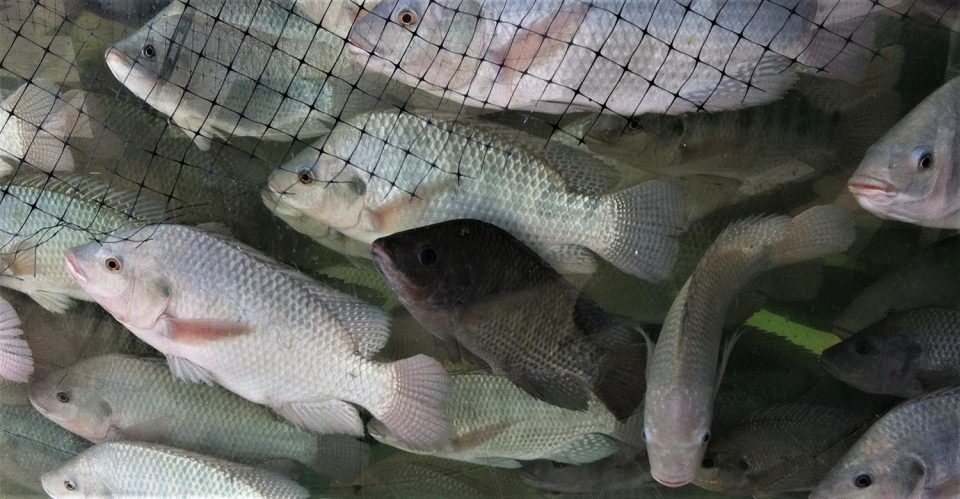
Light intensity is an important environmental factor in aquaculture. Drastic light intensity alterations in water bodies can generate serious water quality problems. A suitable light intensity degrades pollutants, improves water quality and eliminates the formation of disinfection byproducts. Proper light conditions are also favorable for the survival, growth performance, husbandry performance and disease resistance of cultured fishes.
The Nile tilapia (Oreochromis niloticus) is widely cultured around the world and is also considered a good model for evaluating the influences of environmental factors on cultured fish, because of its strong environmental adaptability. However, few studies have reported the effects of light intensity on the metabolism of Nile tilapia and its aquatic environment.
This article – adapted and summarized from the original publication (Qu, B. et al. 2022. Effects of low-light stress on aquacultural water quality and disease resistance in Nile tilapia. PLoS ONE 17(5): e0268114) – presents the results of a study to assess the effects of low-light stress on aquaculture water quality and disease resistance in Nile tilapia (Oreochromis niloticus).
Study setup
Nile tilapia (mean weight = 200 ± 10 grams) were procured from an aquaculture farm in Beihai. They were temporarily cultivated in nine 8-cubic-meter seawater tanks for one week, with 50 fish in each tank. The tanks were randomly divided into three light treatment groups, with three replicate tanks per group. The fish were fed using a commercial diet twice per day. One-third of the water was changed every three days, before which water samples and fish were collected for experiments. The room temperature was controlled by an air conditioner at 28 ± 0.3 degrees-C.
Three light intensities – 0, 100 and 500 lx [a lux or lx is a unit of illuminance, measuring luminous flux per unit area; it is equal to one lumen per square meter] – were used to stress-test the fish, of which the 500-lx group was used as the control because it is close to optimal light intensity. Commercial daylight lamps and black nylon nets were used to regulate light intensity. Light intensity was measured at the water’s surface using a commercial, underwater irradiance meter. The photoperiod used was 12 hours of light to 12 hours of dark and the trial lasted for 15 days. The survival rates of fish in the three light treatment groups were measured every three days.
For detailed information on the experimental design and fish husbandry; light stress and survival rate analysis; determination of water quality parameters; microbiological analyses of water samples; RNA and DNA sampling and analysis; and statistical analyses, refer to the original publication.
Green-lighting growth: Green LED light shows promise in flounder farming
Results and discussion
Light intensity is a crucial environmental factor that influences aquaculture water quality, such as temperature, pH and levels of DO, ammonia, nitrite and total phosphorus. In our study, as expected, low-intensity light significantly down-regulated the pH, DO and ammonia content of aquaculture water, but up-regulated the levels of nitrite and total phosphorus. We speculate that this was due to weak photosynthesis occurring under low-intensity light, which generated less oxygen and decreased dissolved oxygen levels. Strong respiration by the fish generated carbon dioxide and hydrogen ions, which decreased pH. Because of the lack of oxygen, nitrate did not readily reduce to ammonia, so there were high nitrate and low ammonia contents. In addition, weak photosynthesis inhibited algal growth and increased water transparency. Lower algae levels reduced the need for phosphorus, so its content increased under low-intensity light.
Light is considered the single most important contributor to bacterial die-off in aquaculture water, and the bactericidal effect of light can cause a rapid decrease in the colony-forming ability of bacteria, as solar UV light is highly bactericidal and damages the DNA in bacteria. In our trial, the numbers of all detected bacteria were very low under 500-lx light and were significantly higher under 0-lx and 100-lx light, demonstrating that low-intensity light results in the rapid proliferation of bacteria in aquaculture water.

Changes in the physicochemical properties of aquaculture water, such as pH, directly influence bacterial proliferation. Seawater pH normally ranges from 7.5 to 8.5 and is influenced by light, temperature, pressure and the respiratory activities of microorganisms. It has been reported that a pH of approximately 8 has the strongest deleterious effects on Vibrio and total coliforms in seawater. In our study, the numbers of all detected bacteria were lowest in the 500-lx group, in which the pH was close to 8.0 at 8.1. Meanwhile, the numbers of bacteria were significantly higher in the 0-lx and 100-lx groups, which had pH values of 7.5 and 7.7, respectively. The data suggest that low pH due to low-intensity light allowed high bacterial survival.
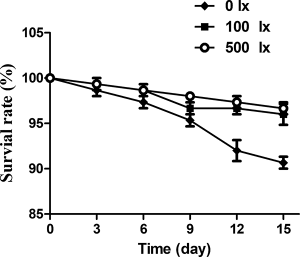
Light can directly affect the survival, growth, swimming, aggression, hatching, metabolism and immune response of fish. Previously, other researchers have shown that insufficient light results in poor growth and high mortality in fish. In our study, the extremely low-light treatment (0 lx) decreased the survival rate of fish to 90.6 percent, significantly lower than that of the controls. However, there was no obvious difference in survival rate between the 100 lx and the control groups. An explanation is that Nile tilapia are visual predators and need a minimum light intensity to feed and grow normally. Complete darkness led to abrupt changes in the rearing conditions and growth environment, which decreased fish survival.
Visible light exposure can modulate immune function. Although fish initiate immune responses through a variety of signal recognition and other pathways, inflammatory compounds play important antiviral or antibacterial roles. In our trial, after low-intensity light stress, the expression levels of various cytokines [a broad and loose category of small proteins important in cell signaling and immune responses] were significantly up-regulated, which were consistent with the changes in bacterial numbers in the aquaculture water. This consistency indicated that the high bacterial content resulting from low-intensity light stress might be the main influence on the immune response of fish. However, the gene expression levels gradually recovered after day 12, suggesting that the fish might have adapted to the low-intensity light environment by inhibiting the transcription of certain immune-related genes.
Perspectives
Results of our study demonstrated the effects of different light intensities (0, 100 and 500 lx) on aquaculture water quality and disease resistance in Nile tilapia. The pH, DO and ammonia content of aquaculture water were significantly lower in the 0-lx (no light) and 100-lx groups (reduced light) than in the 500-lx group (control, representing the natural light level). The levels of nitrite and total phosphorus were higher in the 0-lx and 100-lx groups than in the 500-lx group.
Moreover, the 0-lx group had significantly higher numbers of heterotrophic bacteria, Vibrio and total coliforms and a significantly decreased Nile tilapia survival rate. The expressions of immune-related genes were significantly higher in the 0-lx and 100-lx groups.
These results show that low-intensity light changes the physicochemical parameters of aquaculture water and up-regulates the number of bacteria, decreasing the survival rate and stimulating disease resistance in Nile tilapia.
Now that you've reached the end of the article ...
… please consider supporting GSA’s mission to advance responsible seafood practices through education, advocacy and third-party assurances. The Advocate aims to document the evolution of responsible seafood practices and share the expansive knowledge of our vast network of contributors.
By becoming a Global Seafood Alliance member, you’re ensuring that all of the pre-competitive work we do through member benefits, resources and events can continue. Individual membership costs just $50 a year.
Not a GSA member? Join us.
Authors
-
Bingliang Qu
College of Chemistry and Environment, Guangdong Ocean University, Zhanjiang, Guangdong, China
-
Hui Zhao
College of Chemistry and Environment, Guangdong Ocean University, Zhanjiang, Guangdong, China
-
Ying Chen
College of Chemistry and Environment, Guangdong Ocean University, Zhanjiang, Guangdong, China
-
Dr. Xiangyong Yu
Corresponding author
Ocean College, South China Agriculture University, Guangzhou, Guangdong, China
Tagged With
Related Posts
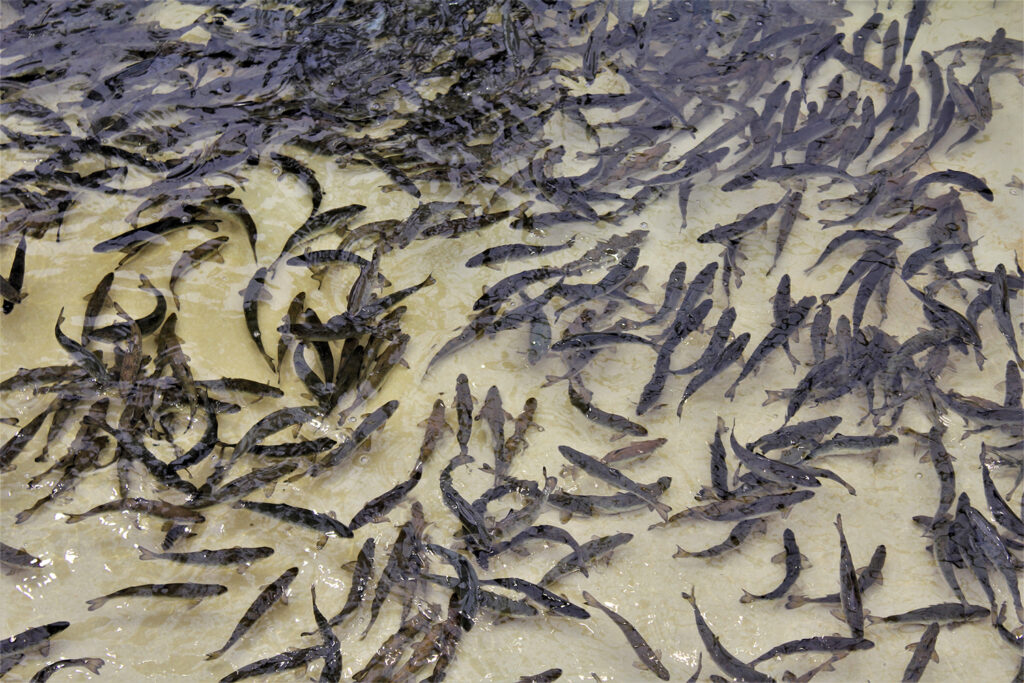
Health & Welfare
Assessing the effect of photoperiod manipulation on Atlantic salmon growth, smoltification and sexual maturation
Evaluation of photoperiod influence on salmon smolts suggests that an artificial winter signal would benefit RAS post-smolt production.
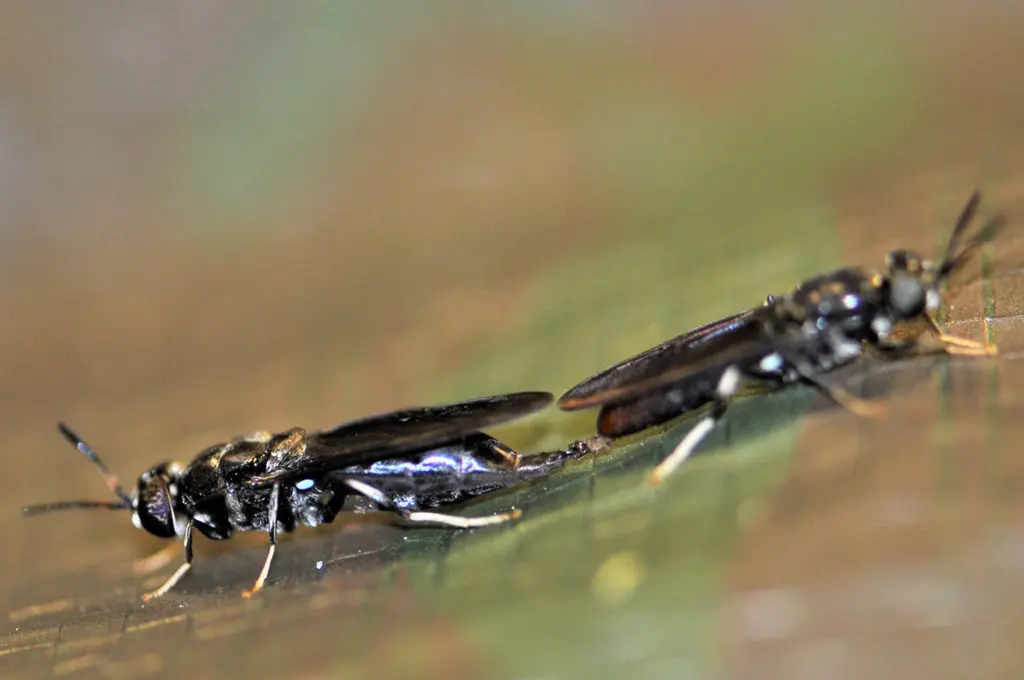
Aquafeeds
Black soldier fly larval production in a stacked production system
Study describes development and evaluation of an “all-in-one” stacked system for indoor production of black soldier fly larvae.
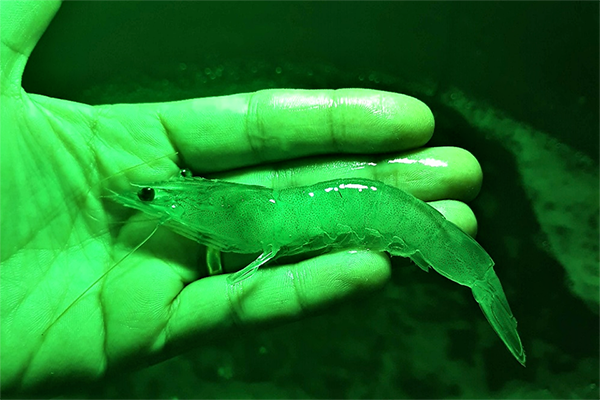
Health & Welfare
Colored LED lights can influence shrimp growth, water quality in biofloc culture
Pacific white shrimp reared with green and red lights grew much larger but showed little differences for survival, feed conversion or productivity.
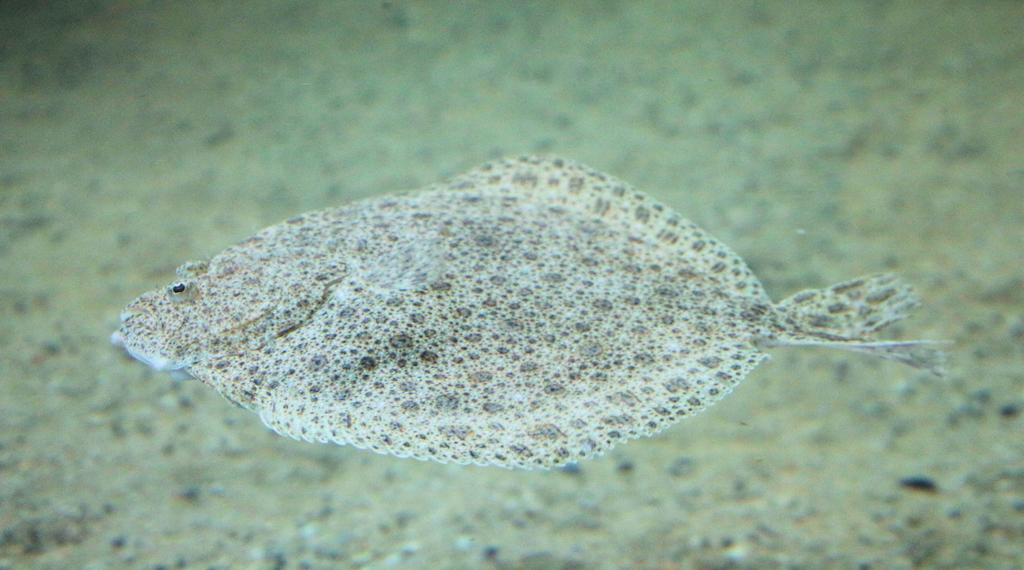
Intelligence
Evaluating effects of light, feeding, circadian clock in turbot
Function and regulation of the turbot's circadian timing system are assessed at the molecular and behavioral levels to optimize welfare and production.



